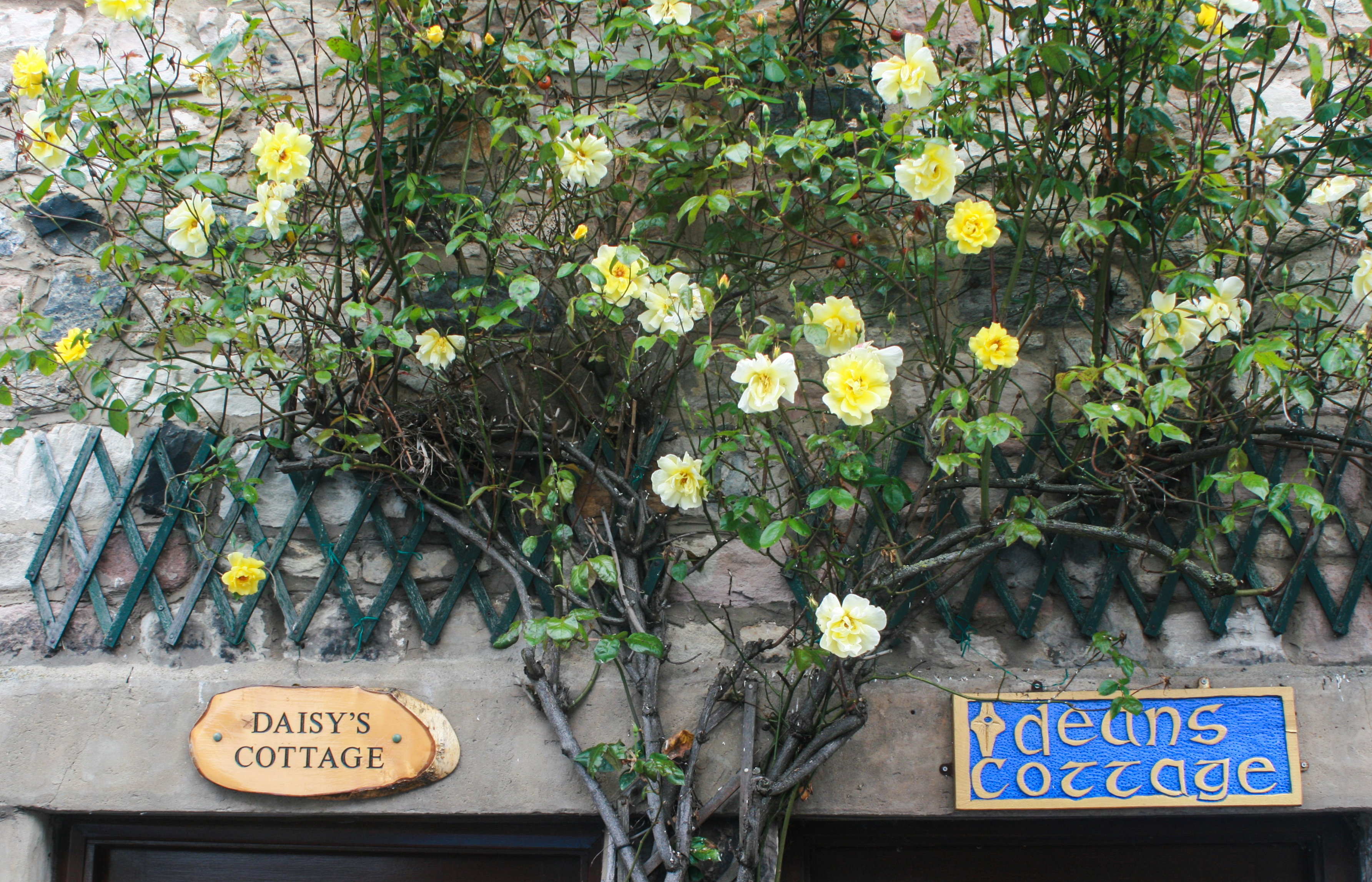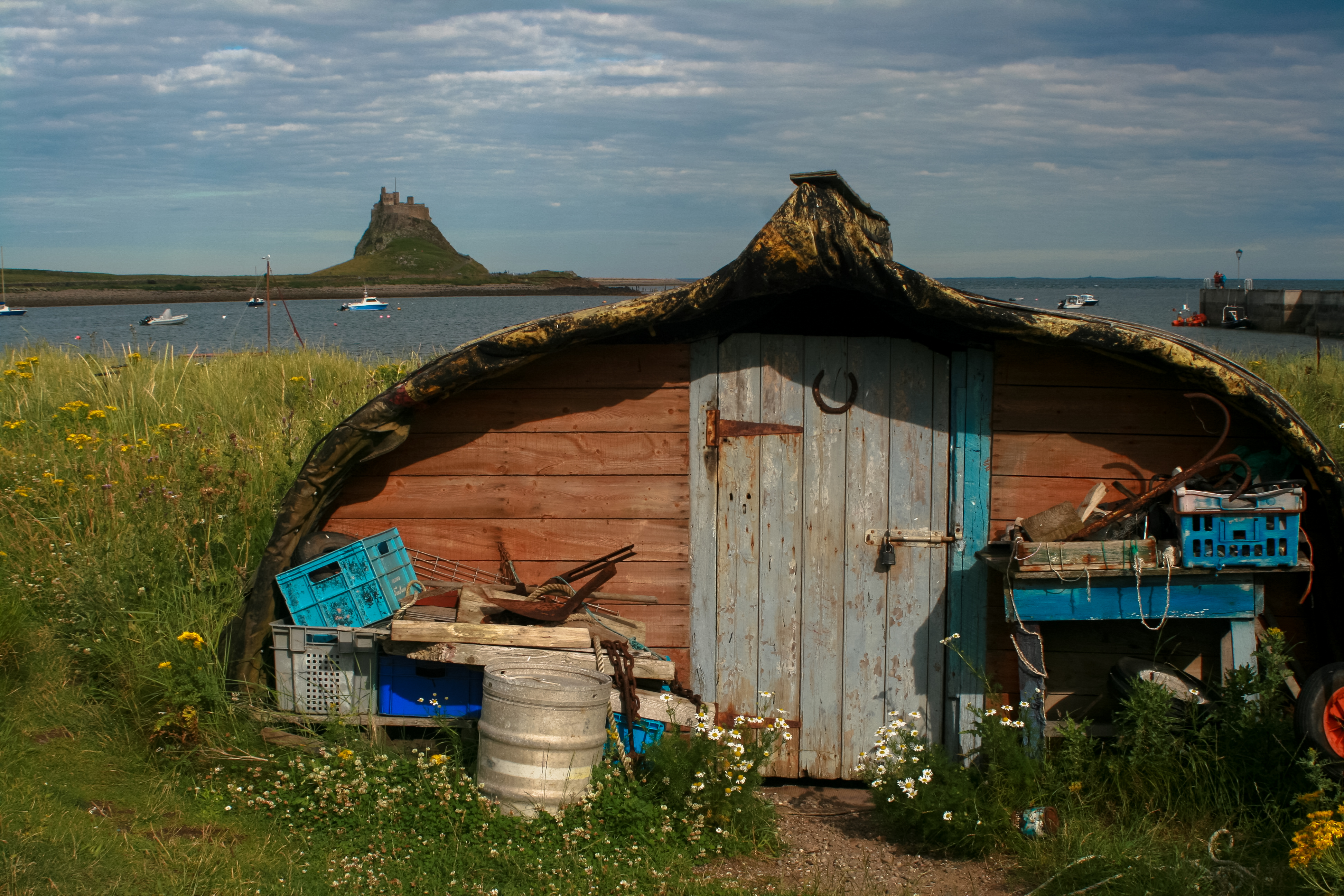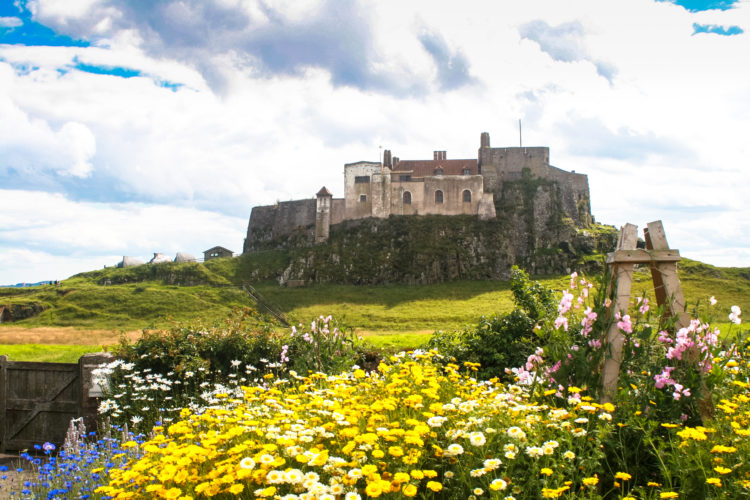We are all familiar with the survival programs such as The Island with Bear Grylls — where the contenders are left at the mercy of the elements and exotic creatures that inhabit the tropical, otherwise deserted islands. Well, what if we told you that you could experience a more tame, pleasant experience of being isolated from the mainland, where all you have to fight for is the smell of coffee beans roasted in a yurt, the best view, or the freshly picked fruit and veg from the castle garden? This is the charm of Lindisfarne or Holy Island, only escapable when the tide is out, but not that you would want to.
This land is still connected via a causeway during low tide, to the top-right shoulder of England, but becomes cut off from the mainland when the North Sea flows in. Those unfamiliar with the lay of the land would be forgiven for getting caught out by the tidal times and being forced to stay out their time on the island, or risk a carful of water attempting to cross.
Being stranded on this outcrop of land is not the motivation-zapping, tropical disease-inducing experience that you might expect from the previously mentioned TV series, but a gentle ambling, one where you can savour the local English delights at your leisure. This summer, I went to check it out.

As I rose early, to make sure I made my way across the causeway before it was flooded, my first port of call was the Pilgrims Coffee house. Welcomed by the smooth aroma, I sampled the coffee in the garden and found a yurt where the magic beans were being roasted in small quantities to preserve their goodness.

Feeling reenergised, I began strolling through the quaint streets of Lindisfarne, medieval in origin, and was surprised to hear that I was one of over 650,000 annual visitors that tread its streets each year. This is a major contrast to the tiny permanent population of just 160 people.
The island has two names, as well as two daily high-tides — the Anglo-Saxon name ‘Lindisfarne’, and the name given to it by Durham monks after the Vikings’ ruthless sacking of its monastery in 793AD, they called it a ‘Holy Island’ for what it had suffered. When Saint Aidan came to Lindisfarne in 635AD, he founded a priory (remains of which can be seen today) and spread the Christian message to the lands around. I found that the name ‘Holy Island’ remains the popular choice among locals today when querying them about it.

The site that wowed me the most on Holy Island was the 16th century Lindisfarne Castle, looking over the isle from its seat on a protruding walnut-whip-shaped rock. This current National Trust site began life as a fort and went on to become an Edwardian bachelor’s relief from the bustle of London. For a medieval castle, this one seems very cosy and liveable, if only I could have stayed overnight here while waiting for the tide to pass.

A short amble down from the castle brought me to Gertrude Jekyll’s quaint low-walled garden. Sitting down among the splashes of colourful flowers, I felt as if I could be in the setting of a Monet picture.
Here, I came across some freshly picked, organic rhubarb, which we grabbed a bundle of and left a generous donation (this would do nicely for a dessert of rhubarb crumble, which we could cook at home after the North Sea waves finally pass).

On my way to have lunch at a local cafe, I passed by some upturned boats which had been converted to storage units with front doors. They looked a little like Hobbit homes. After lunch, I went to take a look over to the mainland and saw that there was a queue of cars waiting for the North Sea to ease away from the causeway. They mustn’t have checked the tide times, “Hope they’re not in a rush to get back”, I thought to myself as I ambled slowly back to the carpark, buying a homemade ice-cream on the way.
By the time I’d made it back to the entrance to the causeway, the road and the cars had cleared. I drove back along the road, gazing at the only evidence that the sea had been there at all – the saturated land to the left and right.
Don’t forget! Check here for safe passage: Crossing Times .






